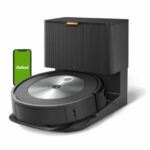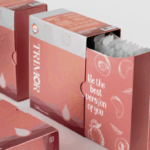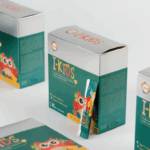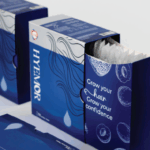No matter how beautiful your home is, if you have never childproofed it before, there are many potential hazards for a child. But you can keep your child safe by finding out what the risks are so that you can prevent or remove them.
While baby-proofing and childproofing can create a safe place for babies and children, children can still have tumbles and falls. The key is supervision as well as a safe environment. Your child will be safest if you accept that childproofing is always a work in progress – as your child grows and learns to climb and open things, you need to keep an eye out for new hazards. If you need to, change the environment to make sure your home is still a safe and creative place to play and explore.
Table of Contents
Living and family room safety
- Cover all unused electrical sockets with outlet plugs.
- Keep chords out of baby’s reach. Tack up chords to vertical blinds and move furniture, lamps, or electronics to hide chords.
- Secure furniture and electronics, such as bookcases and TVs, so they cannot be pulled down on top of your baby.
- Use protective padding to cover sharp edges and corners, such as from a coffee table or fireplace hearth.
- Install safety gates at the bottom and top of stairwells or to block entry to unsafe rooms.
- Use safety latches on cabinets and doors.
- Store all medicines, cleaning products, and other poisons out of baby’s reach.
- Remove rubber tips from doorstops or replace with one-piece doorstops.
- Look for and remove all small objects. Objects that easily can pass through the center of a toilet paper roll might cause choking.
- Keep houseplants out of baby’s reach. Some plants can poison or make your baby sick.
- Set your water heater temperature to no higher than
- 125 degrees Fahrenheit. Water that is hotter can cause bad burns.
- Closely supervise your baby around a family pet. Pets need time to adjust to a new baby.
Window safety
- Lock all windows – particularly upper-storey windows – with window locks or latches. Latches should prevent windows from opening wider than 10 cm. Guards can also be used to protect the opening.
- Open windows from the top if possible.
- Keep furniture and beds away from windows. This will help prevent children from climbing up to windows.
- Don’t rely on screens to prevent falls from windows. Teach children to play away from windows, and always supervise them while they play.
Kitchen safety
- Keep small fridge magnets out of the reach of children – they can be a choking hazard.
- Consider locks/anti-opening devices for your oven and fridge.
- If possible, keep the dishwasher locked and place all sharp objects, knives, etc, sharp end down.
- Keep surfaces hygienically clean.
- Keep appliance cords away from edges where a child could pull them.
- Consider a stove guard to prevent a child getting near a hot oven door.
- Place protectors on oven switches to prevent child turning rings or gas on.
- Turn pan handles into centre of hob.
- Keep plastic bags out of reach.
- Keep cleaning products & other dangerous substances out of reach.
- Keep sharp objects out of reach.
- Keep the rubbish bin inaccessible.
- Install cupboard and drawer locks where necessary.
Bed safety
- You should choose a quality cot with bars between 4.5 and 6cm apart to avoid the baby getting its head stuck. The height of the sides should be at least 60cm, so your baby can’t climb over the edge. Make sure there are no mobiles low enough to get caught in.
- If you wish to protect the mattress, use a rubber sheet covered in cotton – not plastic which can cause suffocation. Make sure to fasten it securely under the mattress.
- Your baby’s blanket has to be light and of the right size.
- Do not use a pillow because it can cause suffocation and is bad for the baby’s back (babies should sleep on their backs because it helps to prevent cot death).
SAFETY ESSENTIALS
- There are many more safety products available for purchase, including:
- Safety tap caps – are designed to prevent children from turning on a hot tap (which results in household hot water burns) and can be easily installed without the assistance of a plumber or handyman.
- Finger protection strips – are an innovative yet simple design to prevent children from trapping their fingers between the door and door hinge.
- Power point covers – prevent electrocution from open power sockets by covering the point and preventing objects being poked into them.
- Doorknob covers – make it difficult for children to open a door and prevent them from entering a room.
- Blind cord windups – can help prevent strangulation by ensuring long cords are not left dangling.
- Foam doorstoppers – help protect little fingers from being jammed in doors.
















